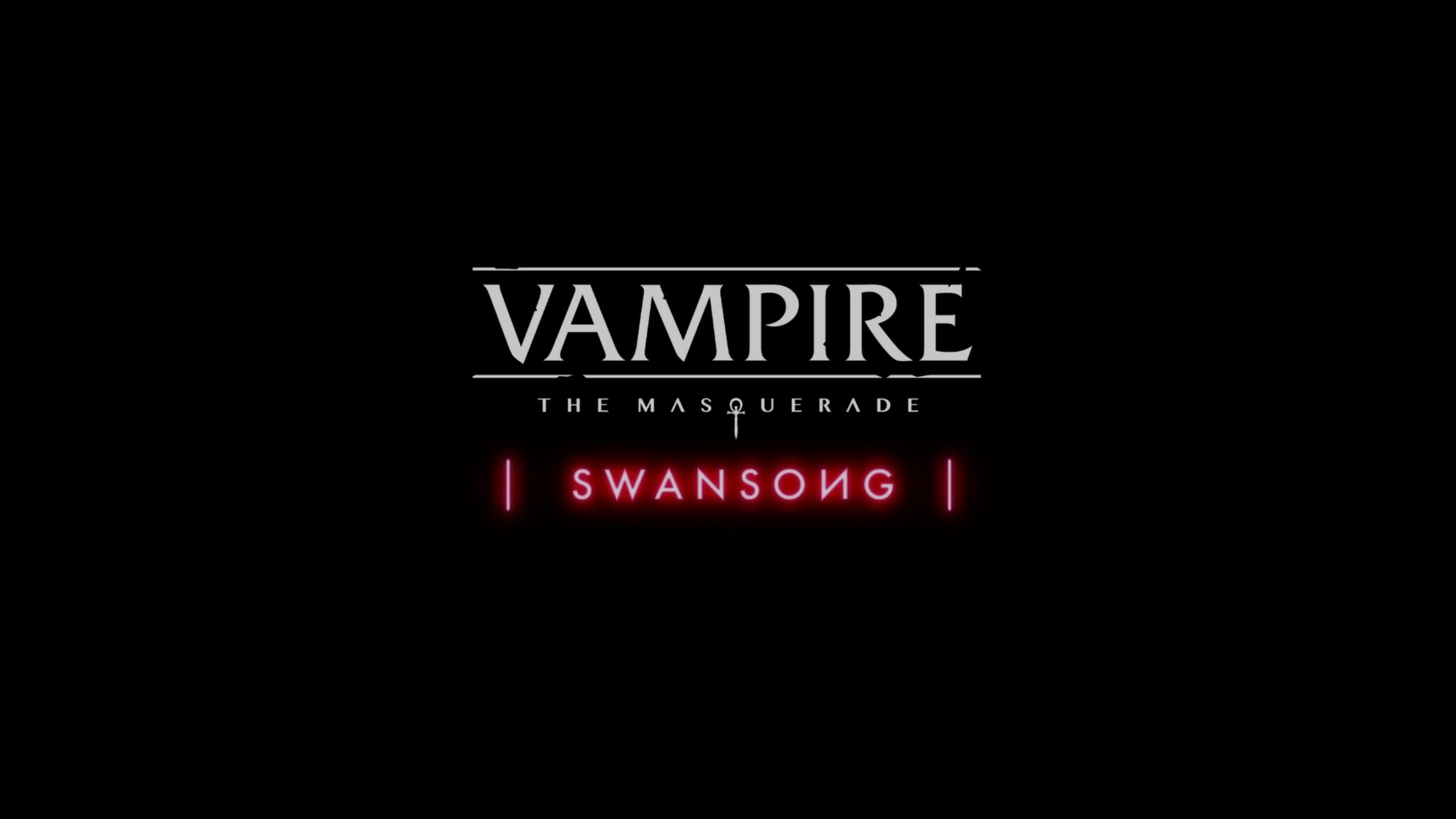
Vampire the Masquerade: Swansong Review – A Thrilling Step into The World of Darkness
Though it’s now achieved a more notorious reputation, it’s impossible to discount the influence Quantic Dream’s titles have had on narrative games. From exploring environments for clues, to quick time events, games like Heavy Rain have made their mark. This influence is deeply apparent in Vampire the Masquerade: Swansong, a new narrative RPG from Big Bad Studios and Paradox Interactive set in the World of Darkness universe.
Players take on the roles of three different vampires within the Boston Camarilla court: Leysha, Emem, and Galeb. These characters each embody different clans of Kindred and therefore have different abilities at their disposal. Leysha is a Malkalvian, vampires whose clan curse is madness that often comes with premonitions about the future. She has particularly strong visions, which makes her a prized member of the coterie to their Prince (a gender-neutral term for the vampire mayor of a given region). Leysha has a young daughter named Halsey, who is also a vampire. The two are very attached and their relationship is a key aspect of Leysha’s portion of the story.
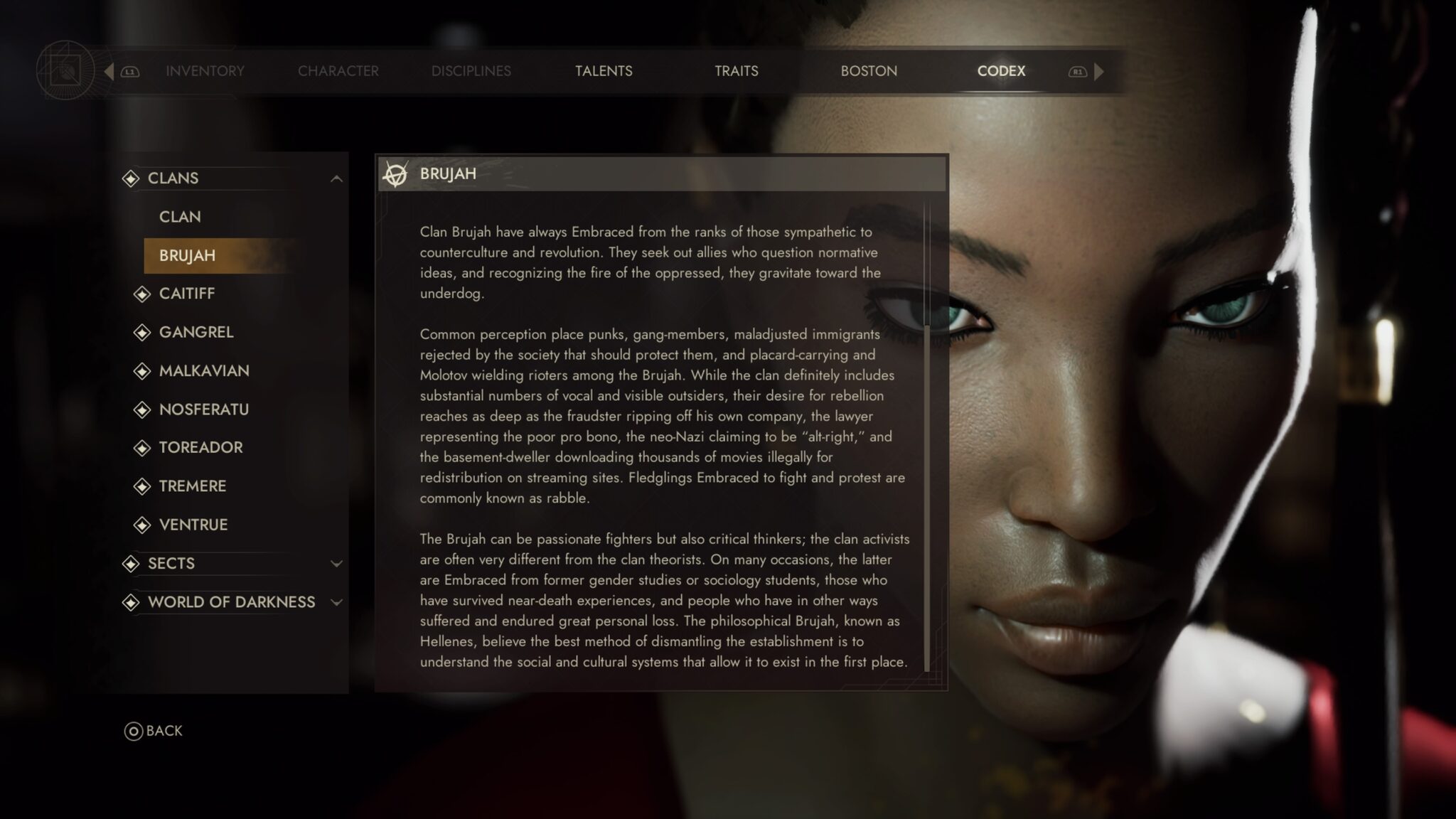
Galeb is one of the oldest remaining members of the coterie (most of the other elders all seemingly took off after giving into an urge to travel east called The Beckoning) and has built a reputation as its attack dog. He’s by the books to his core, and arguably the most stable support Prince Hazel Iversen has. As a Ventrue, his abilities lean into physical prowess and mental domination.
Emem is a Black woman who deeply loves music and generally abhors the cutthroat nature of the court. During the events of Swansong, however, she’s dragged further and further in as a matter of her own survival. Emem is a Toreador, a clan that revels in glamour and performance, and still has to deal with her Sire and ex-lover Hilda on a regular basis thanks to the latter’s position on the Primogen council. This is the main queer storyline in Vampire the Masquerade: Swansong, with Hilda and Emem hashing through their past drama and potential future as you navigate the rest of the game’s intrigue and danger.
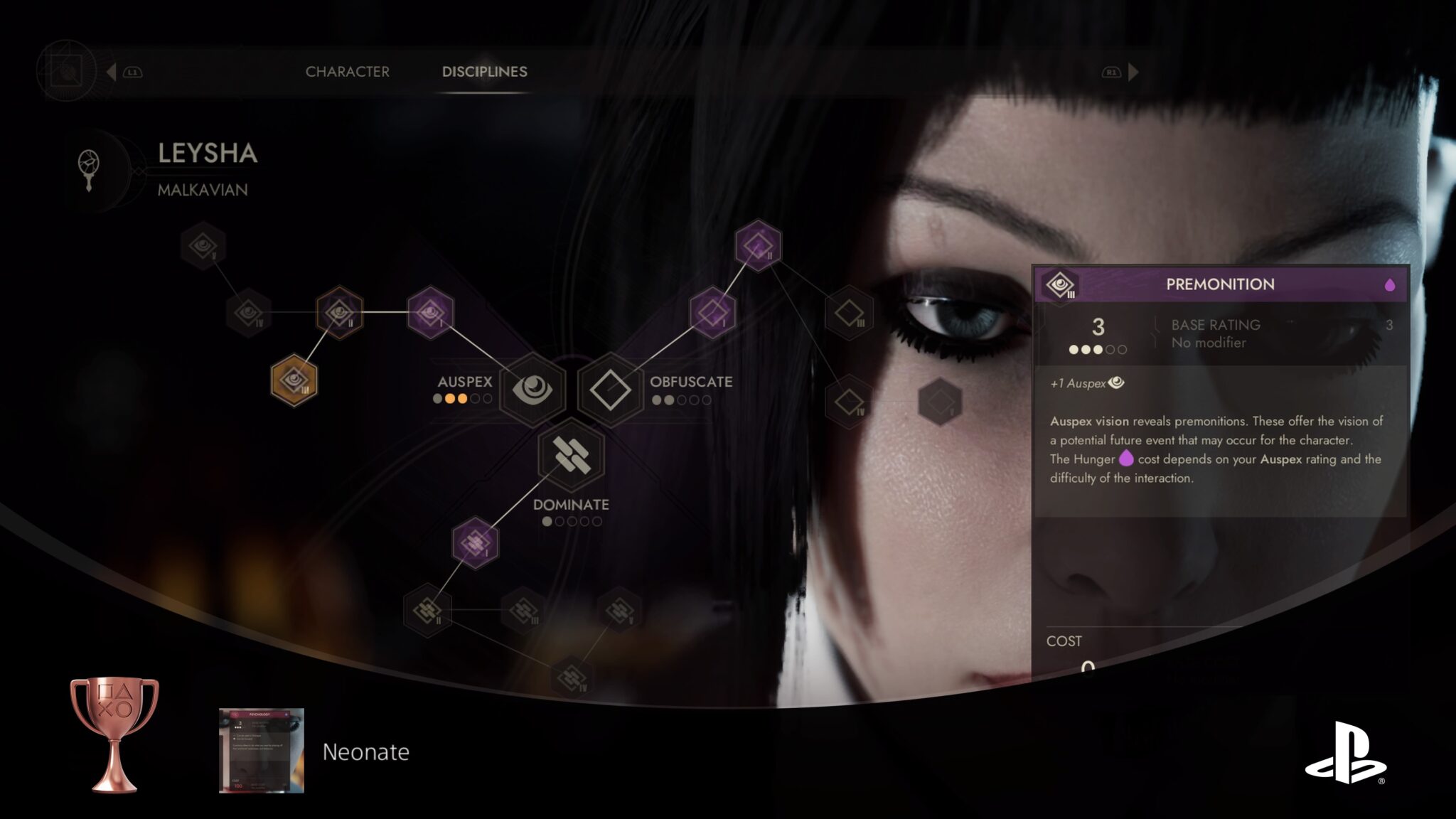
Each vampire has their own scenes within a given chapter that you have to play through. Sometimes you can choose the order you play them in, but in others, the game makes that choice for you. As you go, you unravel more about their pasts and motivations, along with secrets and plots within the world.
Like a Quantic Dream joint, you move these characters through the areas they’re sent to, searching for information and solving environmental puzzles to make discoveries and progress the story. Their different perspectives and objectives allow you to see the story from multiple angles, which provides both tantalizing dramatic irony, and insight into future narrative decisions. These choices come up intermittently during the game, with critical scenes presenting binary options to progress.
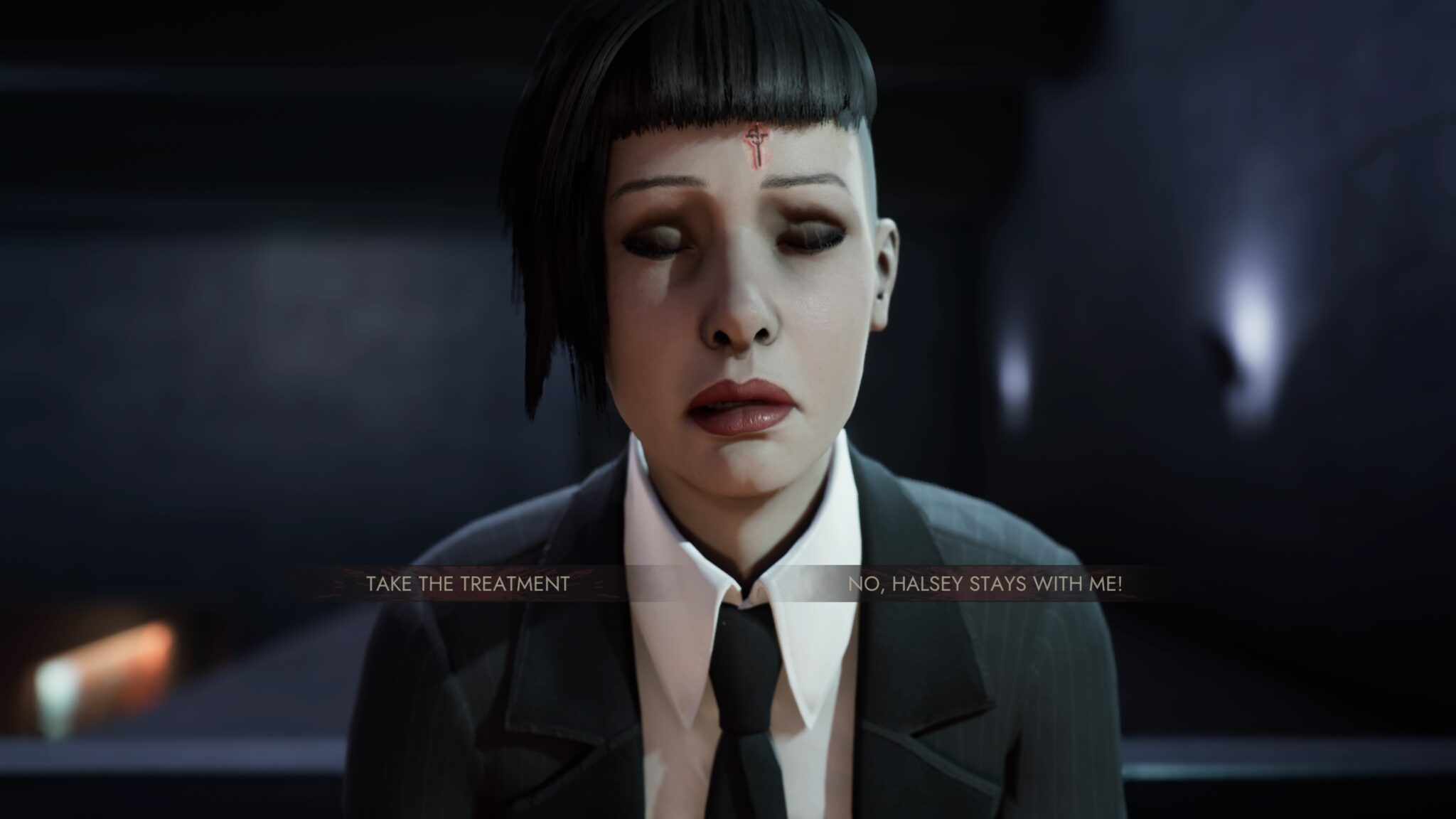
Some of these are key to how your story will end, while others never come up again. Without consulting a guide or committing to a second playthrough, it’s impossible to tell which ones are which. Though this may sound annoying, it’s actually kind of nice to have everything be presented as potentially impactful without knowing what will ultimately matter in the long-term. Most of the smaller, minute-to-minute choices have more apparent and immediate consequences to your play across all three characters. Finding a certain item or succeeding in a given encounter can give you more options as a different character within the same chapter or even beyond. This makes your choices feel like they do matter, as they can severely impact how each protagonist ends the game.
That said, it’s not always fun or engaging to find everything you possibly can within a level. What you need to do to solve a given problem or get out of a tricky situation may not be immediately apparent, and wandering around levels to find any secrets you might have missed or to backtrack once you finally have the right tool for the job can get tedious during longer play sessions. Additionally, the vampire powers you can use to navigate the environment, like Leysha’s mimicry, aren’t always available when it seems like they should be. There were several times during Leysha’s story sections when I was frustrated that I wasn’t able to copy the uniform of an NPC who was right in front of me because it wasn’t the one the game wanted me to use. Limitations like this take some of the wonder out of messing with the mechanics to see how you can get through a level or encounter. The vampire powers are honestly where this game is the weakest.
An area I wish Vampire the Masquerade: Swansong had taken more inspiration from Quantic Dream and similar games is in its action sequences. Because of its tabletop role-playing roots, Swansong uses dice rolls and stats to determine whether or not you’re able to succeed in encounters with other characters or in physical feats. While this can be interesting at times, in more action-focused scenes I found myself wishing for quick-time events rather than fairly lifeless dice rolls or choosing an option from a menu.
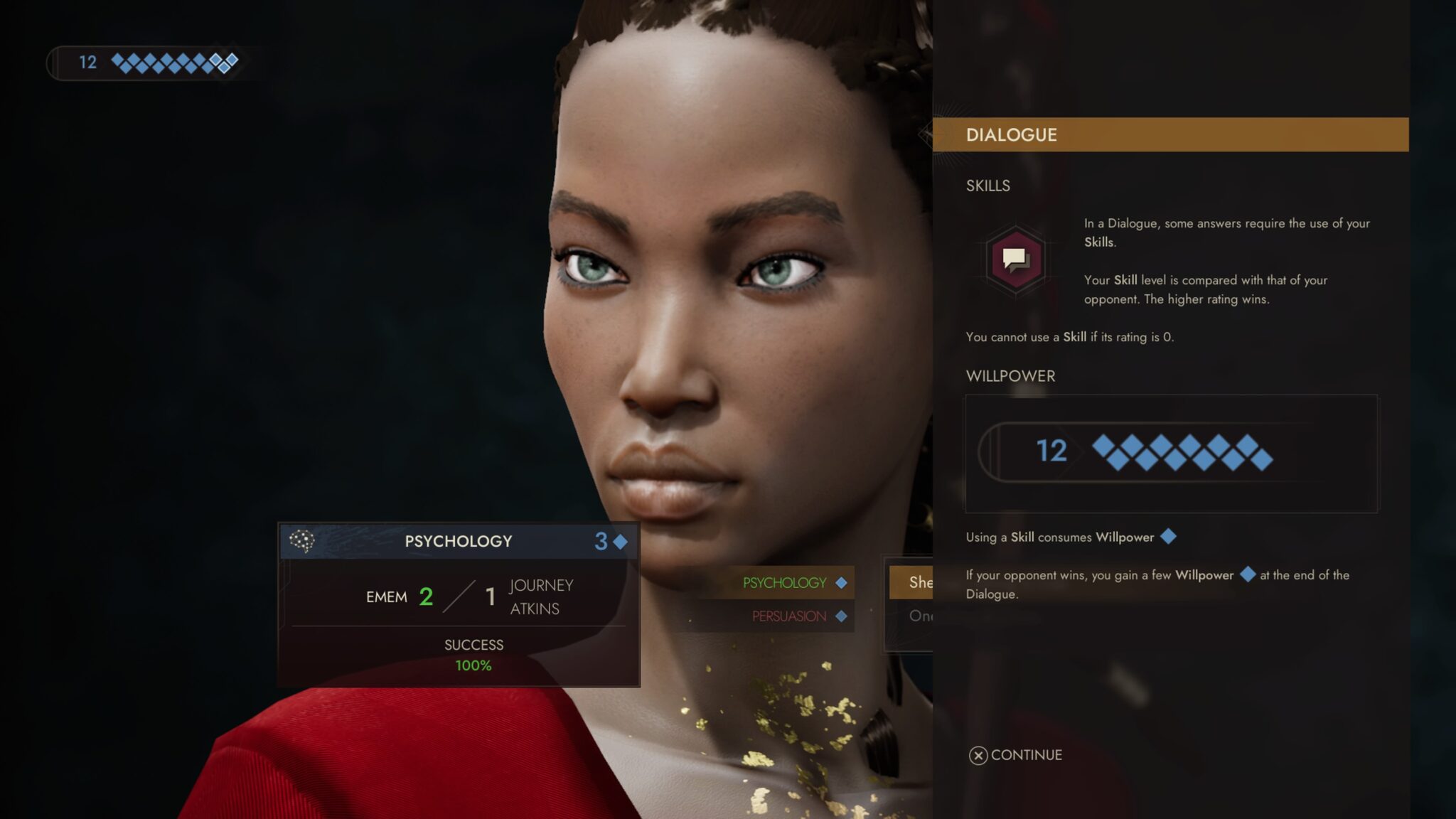
All three of these vampires have unique powers that should make them fearsome, people not to be taken lightly. But the game doesn’t really enforce that mechanically. Galeb is the only character out of the three who really shows any physical power, and even that is extremely limited. I wasn’t looking for actual combat, but I did want to feel like these were serious creatures of the night, and instead, I largely felt like I was lower on the food chain. Having something more active for players to engage with during these scenes would have helped with this significantly.
Overall, Vampire the Masquerade: Swansong is an exciting dive into the World of Darkness’ vampiric politics and intrigue, but it has more than a few rough edges that dampen that experience slightly. Those looking for copious lore and interpersonal drama will eat this up, like a Kindred with a Vessel.
Score: 3.5/5
Vampire The Masquerade: Swansong for PlayStation 5 was provided to Gayming Magazine by PR.







